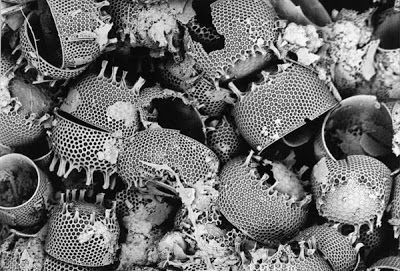Novel Fluoride Removal Adsorbent
Published on by Marina A, Previously Key Account and Content Manager at AquaSPE AG in Technology
Professors from Venda University have developed an innovative fluoride removal water treatment method.
The main source of water in rural Africa is groundwater which is often polluted.
Groundwater in Limpopo's Vhembe district, where they did their research has high levels of fluoride.
Fluoride in water is good for teeth and bones. In first world countries it is even added to water as it prevents cavities.
However, it is only beneficial if it is present in water in reasonable amounts.
The fluoride levels should not exceed 1.5 mg/l according to WHO Guidelines for Drinking Water Quality.
If the fluoride levels are too high, there is a negative effect on the teeth as they darken, turning brown, and even some bone deformities may occur.
 Diatomaceous earth has been used for water treatment due to its physical and chemical properties: it is porous (80-90% void) therefore ensuring a large surface and high capacity for adsorption, it is chemically inert and has low thermal conductivity.
Diatomaceous earth has been used for water treatment due to its physical and chemical properties: it is porous (80-90% void) therefore ensuring a large surface and high capacity for adsorption, it is chemically inert and has low thermal conductivity.
Professors Gitari, Izuagie and Gumbo modified the diatomaceous earth with the trimetal Mg/Ce/Mn oxide, making a cheap, extremely efficient fluoride removal adsorbent with locally available materials in rural African areas.
Gumbo said, "The next step is to try and get funding so we can get the system into every person's house in every community."
Read the research here.
Media
Taxonomy
- Water
- Water Treatment Solutions
- Research
- Absorbents
- water treatment
- Water Treatment & Control
- Water
- Water
- Water
- Fluoride